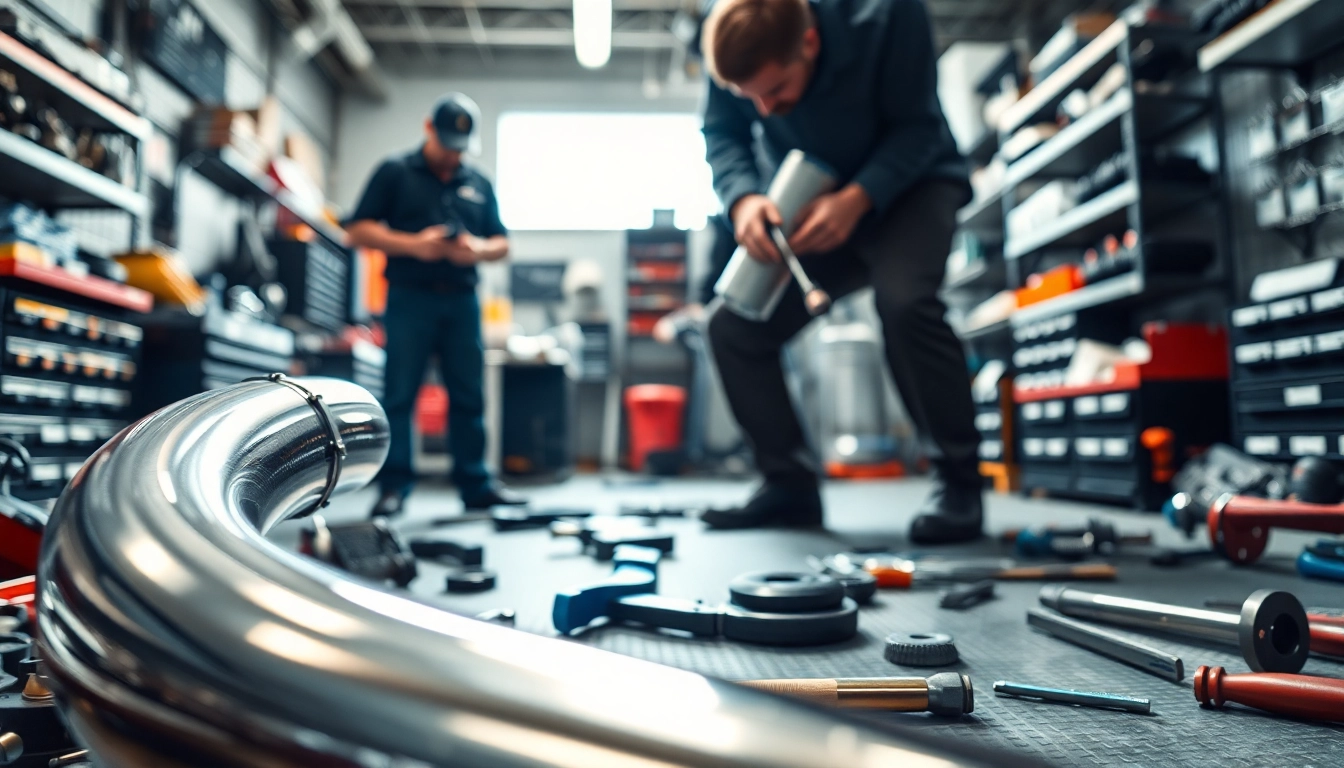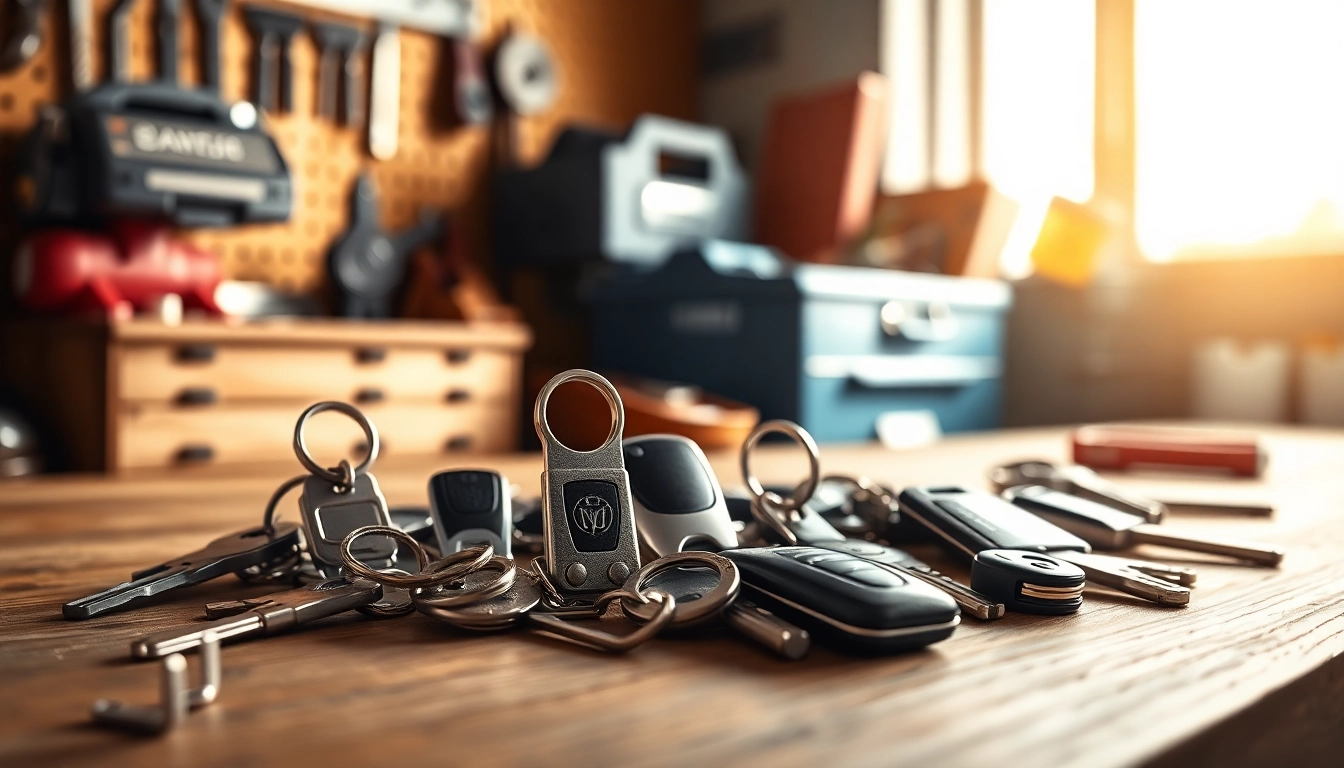Introduction to Downpipe n55
The downpipe n55 is an essential component for high-performance vehicles equipped with the BMW N55 engine. This component significantly influences the car’s efficiency, sound, and overall performance. While many enthusiasts might overlook the downpipe, its role in the exhaust system is pivotal. Understanding its importance can be the key to unlocking enhanced power and efficiency in your vehicle.
What is a Downpipe n55?
A downpipe n55 refers to the pipe that connects the turbocharger to the rest of the exhaust system in vehicles with an N55 engine. Typically, it carries exhaust gases away from the turbo and can either be OEM (original equipment manufacturer) or an aftermarket part. The key difference lies in the design and material, typically featuring a larger diameter and fewer restrictions in aftermarket versions, which helps in reducing back pressure.
Importance of Downpipe n55 for Performance Cars
In performance cars, the downpipe plays a critical role in maximizing horsepower and torque. By improving exhaust flow, it facilitates quicker turbo spool, leading to improved throttle response and acceleration. Additionally, a well-designed downpipe reduces turbo lag, allowing for a smoother driving experience, especially in modified setups where increased boost pressures are involved.
Overview of Downpipe n55 Features
Features of the downpipe n55 often include:
- Material Quality: Aftermarket downpipes are commonly made of stainless steel, which offers durability and resistance to rust and heat.
- Design: Features like larger diameter piping and high-flow catalytic converters can significantly enhance exhaust flow.
- Compatibility: Designed to seamlessly integrate with other exhaust systems and modifications, ensuring optimal performance.
- Sound Enhancement: Many aftermarket downpipes enhance the exhaust note, giving a sportier sound profile.
Choosing the Right Downpipe n55
Factors to Consider for Downpipe n55 Selection
When selecting a downpipe n55, several factors should be taken into consideration:
- Regulatory Compliance: Ensure your choice meets local emissions regulations, as some aftermarket downpipes may not have the necessary certifications.
- Material Type: Choose between mild steel and stainless steel, with stainless steel being the preferred option due to its longevity.
- Pipe Diameter: Consider the diameter of the downpipe; a larger pipe can offer better flow, but must be compatible with your overall exhaust system.
- Design Features: Look for downpipes with smooth bends and fewer restrictions to maximize airflow.
- Brand Reputation: Opt for brands that are known for quality and experience in the performance automotive market.
Common Materials Used in Downpipe n55
Different materials are used in manufacturing downpipes, each with its strengths and weaknesses:
- Stainless Steel: Highly resistant to rust and corrosion, ensuring durability and a longer lifespan.
- Mild Steel: More affordable but less durable; often requires coating and may corrode over time.
- Aluminized Steel: A middle-ground option that offers some rust resistance but is not as robust as stainless steel.
Understanding Compatibility with Other Mods on Downpipe n55
Compatibility is crucial when upgrading the downpipe n55. Ensure that it works in harmony with other modifications such as:
- Turbocharger Upgrades: A performance downpipe should complement increased turbochargers.
- Exhaust Systems: Check that the downpipe fits well with your overall exhaust system to avoid leaks or flow restrictions.
- Tuning Adjustments: Ensure your ECU is tuned accordingly to take advantage of the improved flow characteristics.
Installation Process for Downpipe n55
Step-by-Step Guide to Downpipe n55 Installation
Installing a downpipe n55 can be a rewarding project for any automotive enthusiast. Below is a simplified guide:
- Preparation: Gather tools and park the vehicle in a well-ventilated area.
- Lift the Vehicle: Use jack stands or ramps to elevate the vehicle safely.
- Remove the Factory Downpipe: Unbolt the exhaust hangers, remove any necessary clamps or bolts, and detach it from the turbocharger.
- Install the New Downpipe: Align the new downpipe with the turbo and secure it in place, ensuring proper fitment.
- Reattach Other Components: Reconnect any exhaust hangers and couplings, ensuring everything is tight and leak-free.
- Lower the Vehicle and Test: Once installed, lower the vehicle and start the engine to check for leaks and ensure proper operation.
Tools Required for Downpipe n55 Setup
Before starting your downpipe n55 installation, ensure you have the proper tools:
- Wrenches (metric and standard)
- Sockets and ratchet set
- Torque wrench
- Jack and jack stands
- Pry bars or exhaust hangers tool
- Safety glasses and gloves
Safety Precautions During Downpipe n55 Installation
Safety should always be a priority when working on your vehicle:
- Use protective gear, including gloves and glasses, to prevent injuries.
- Ensure the vehicle is securely lifted and stable before crawling underneath.
- Let the engine cool before beginning installation to avoid burns from hot components.
Benefits of Upgrading to Downpipe n55
Performance Enhancements with Downpipe n55
Upgrading to a high-flow downpipe n55 can yield significant performance enhancements:
- Increased Horsepower: Freeing up exhaust flow often results in noticeable gains in horsepower.
- Improved Throttle Response: Less exhaust restriction leads to quicker turbo spool and responsiveness.
- Enhanced Acceleration: The overall driving dynamics improve, providing a sportier feel.
Impact on Exhaust Sound with Downpipe n55
One of the most appreciated benefits of an upgraded downpipe n55 is the enhanced sound:
- Richer Exhaust Note: The vehicle often sounds more aggressive and sporty.
- Reduced Drone: A high-quality downpipe helps mitigate unwanted drone while cruising.
Fuel Efficiency Improvements with Downpipe n55
Interestingly, a high-flow downpipe can positively impact fuel efficiency:
- Better Combustion: Improved exhaust flow assists in better engine performance and fuel burn.
- Potential for Increased MPG: This can lead to improved miles per gallon under certain driving conditions.
Troubleshooting Common Issues with Downpipe n55
Identifying Problems Post-Installation of Downpipe n55
After installation, keep an eye out for common issues:
- Check Engine Light: A common occurrence if the vehicle’s ECU detects unusual emissions levels.
- Leaking Exhaust: Inspect for any exhaust leaks around connections.
- Unusual Noises: Listen for rattles or vibrations that weren’t present before installation.
Maintenance Tips for Downpipe n55 Longevity
Maintaining your downpipe n55 is crucial to ensuring it functions optimally:
- Regular Inspections: Check for signs of rust or damage periodically.
- Cleaning: Clean any soot buildup with appropriate cleaners to maintain flow.
- Tightening Bolts: Regularly ensure all bolts and clamps are tight to prevent leaks.
When to Seek Professional Help for Downpipe n55 Issues
Sometimes, the best route is to consult a professional:
- If electrical issues arise or engine codes are complicated.
- For noises that cannot be identified or tracked down.
- In cases where emission testing reveals non-compliance with local laws.



